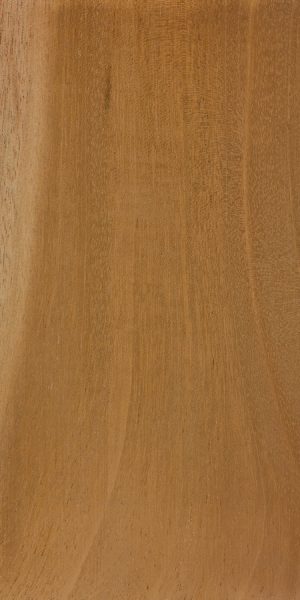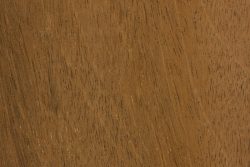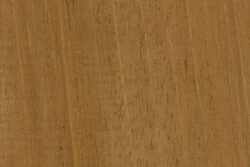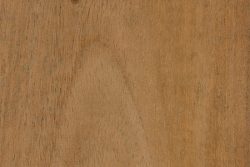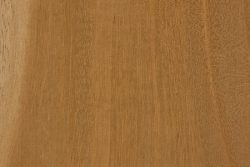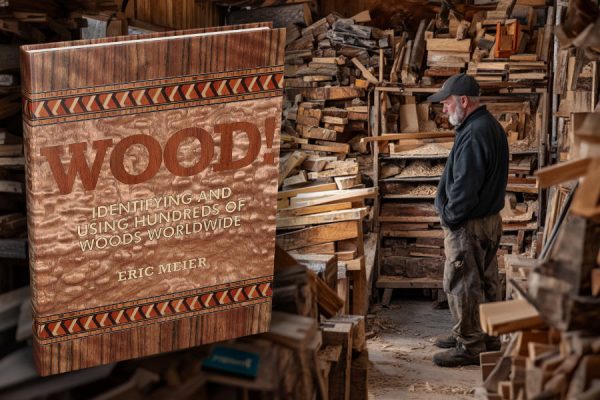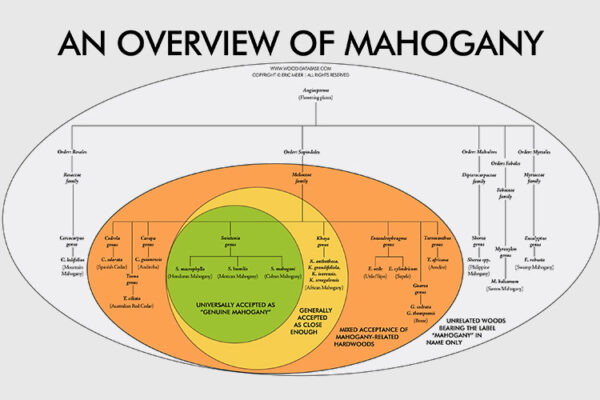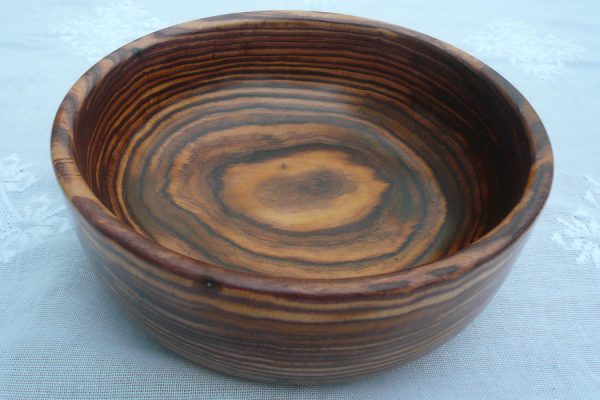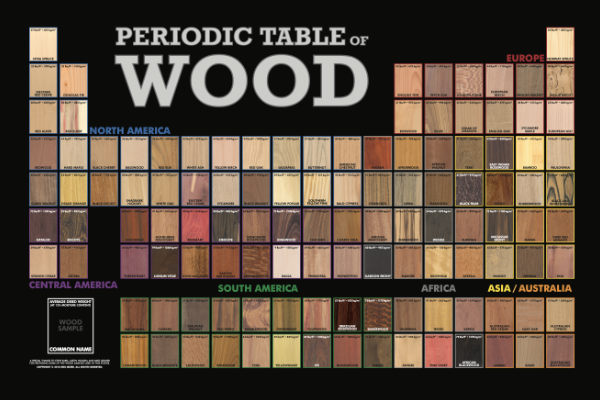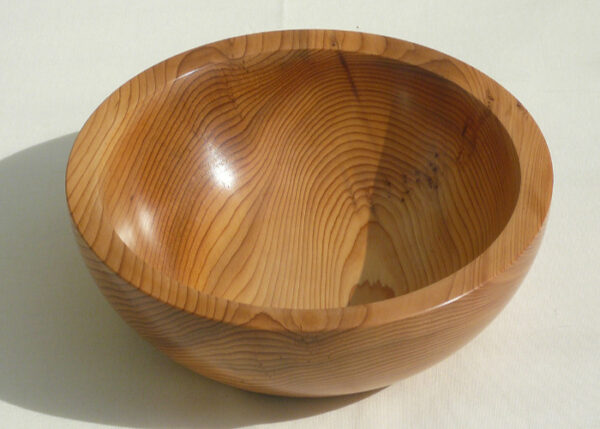Mahogany: a Name Synonymous with Quality and Beauty: Despite the many dilutive efforts of naming many unrelated woods “mahogany”—the original mahogany of commerce, the species in the Swietenia genus listed here, have been more or less synonymous with everything you’d want in a quality timber for fine woodworking. (See the related article Mahogany Mixups for a discourse on all the related and unrelated woods that have entered the marketplace as mahogany.) Mahogany sits in a sort of Goldilocks zone as being a wood not too heavy (that it becomes extremely difficult to work) and not too light (that it scratches or dents too easily). On top of that, it has very good dimensional stability with changes in humidity, and can have very visually appealing grain patterns and light-refracting properties (known as chatoyance).
The Sustainability Overhang: With all the positives about mahogany, it’s also worth noting that mahogany is an endangered species. Actually, Swietenia mahogani was arguably the original mahogany of commerce, especially lumber coming out of Cuba (hence the common name used today, Cuban mahogany, even though the tree also has natural distribution throughout the Caribbean.) But due to egregious wastage and overexploitation, that tree is all but unknown to woodworkers today, being replaced by the nearly identical (though larger-leafed) S. macrophylla. Presciently, it was predicted in 1919 “There will come a day not very far distant when the waste of this valuable timber will be regretted.”
But it’s not all bad news for mahogany, the tree is fast grower and a perfect candidate for plantation growth.
Comments: Swietenia is a genus without a lot of variability between species. In fact, some biologists have even thought that Swietenia could be monotypic (that is, the genus only contains one distinct species). However, further advancements in DNA and gene testing have reinforced the three species as distinct—though perhaps the morphology of the trees are not as well-differentiated as in other genera.
While woodworkers and lumber dealers tend to use commercial names that focus on the most used port or country for that wood historically (e.g., Honduran mahogany, Cuban mahogany, etc.), botanically the trees are usually named or divided based on leaf size. Perhaps the most well known of the three species, S. macrophylla, is commonly known as big-leaf mahogany—the literal meaning of the latin macro (large) phylla (leaf). Conversely, Cuban mahogany is sometimes referred to as small-leaf mahogany.

